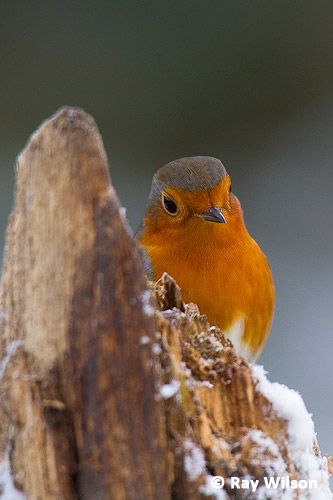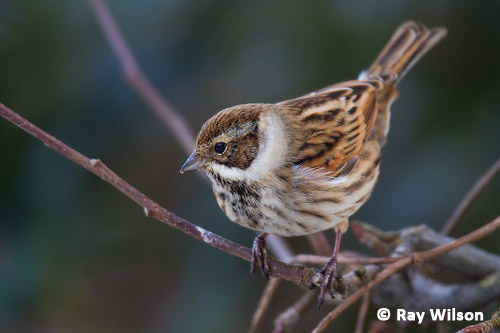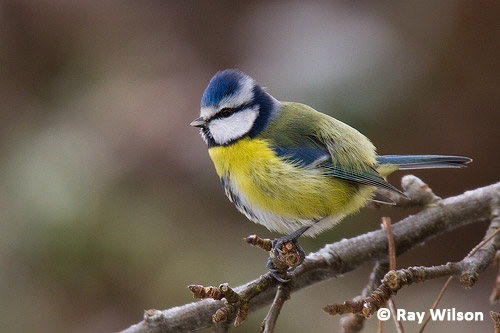
- Home
- Photography Tours
- Diary / Blog
- Galleries
- Foreign Trips
- Tasmania 2016
- NE Queensland 2016
- Western Alps 2016
- NE Spain 2016
- Australia's Wet Tropics 2015
- Australia's Top End 2015
- SW Australia 2015
- Switzerland 2015
- Andalucia 2015
- Belize 2015
- Australia 2014
- Switzerland 2014
- Belize 2014
- Bahama Islands 2014
- Switzerland 2013
- Ecuador 2012-2013
- Florida 2011-2012
- Vancouver Island 2011
- Australia 2010
- Peru 2008
- Bulgaria 2007
- Lesvos 2006
- California 2006
- New Zealand 2005
- Extremadura 2005
- Goa, India 2004
- The Gambia 2003
- About
December 2010
European Robin (Erithacus rubecula)
Sorry for the lack of photos last month. Moving house took up all of my spare time. The good news is that my new house has a much better garden with fewer neighbourhood cats making a nuisance of themselves, so I have been able to set up a decent array of feeders for the birds and due to being very close to Attenborough Nature Reserve I have already attracted a good variety of species. All of this month's photos were taken in my garden.
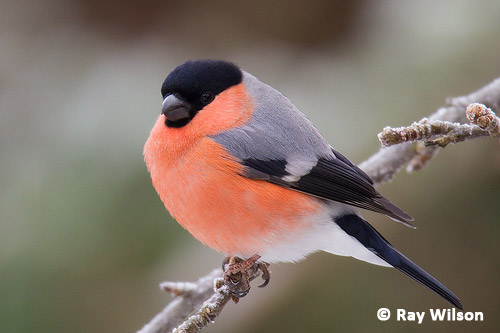
male Bullfinch (Pyrrhola pyrrhola)
The stars so far have been the Bullfinches which started turning up on Christmas day and I currently have up to 5 visiting the feeders.
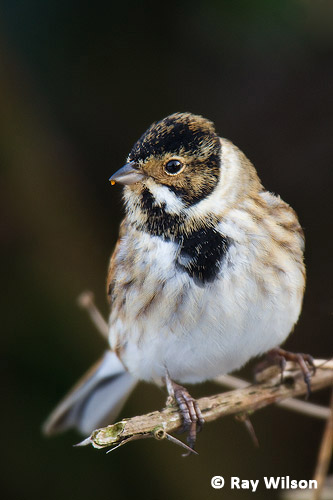
male Reed Bunting (Emberiza schoeniclus)
Another unusual garden bird that is common in my garden is the Reed Bunting. It is not unusual to have over a dozen of these in the garden.
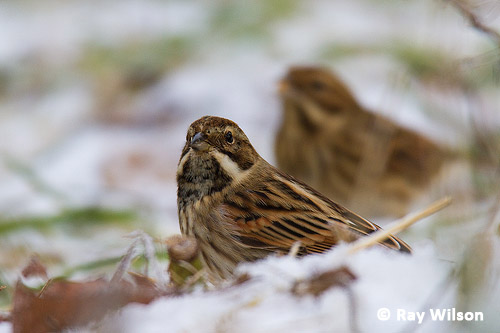
male Reed Bunting (Emberiza schoeniclus)
In winter plumage, males strongly resemble females and in fresh plumage they are very similar. As the winter progresses and the buff tips to the head feathers begin to wear away and the characteristic black of the head, throat and upper breast begins to show through.
male Reed Bunting (Emberiza schoeniclus)
One of the Blue Tits frequenting the seed and peanut feeders has a very badly deformed bill with a disproportionately long upper mandible.
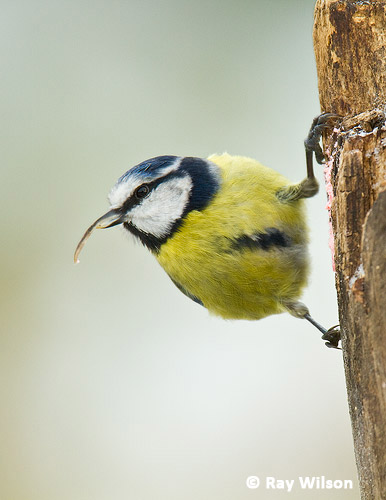
Blue Tit (Cyanistes caeruleus) with a badly deformed bill
Its ability to feed doesn't seem to be greatly affected, however, as its continued survival through the prolonged cold spell attests. In some situations it even looked like the deformity granted it an advantage over normal Blue Tits in that it was able to winkle out suet pellets that I had jammed into the crevices of a log as bait for Woodpeckers. These would have been beyond the reach of a normal Blue Tit with its stubby, little bill.
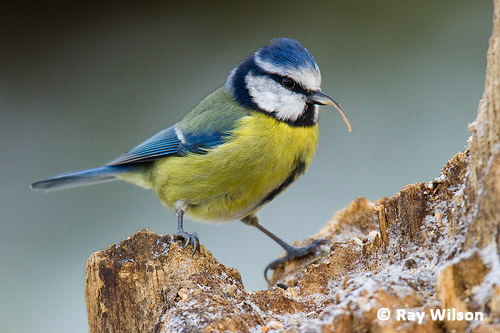
Blue Tit (Cyanistes caeruleus) with a badly deformed bill
A normal Blue tit is shown below for comparison.
Blue Tit (Cyanistes caeruleus)
As you would expect the majority of the birds visiting the feeders are of the most common species...
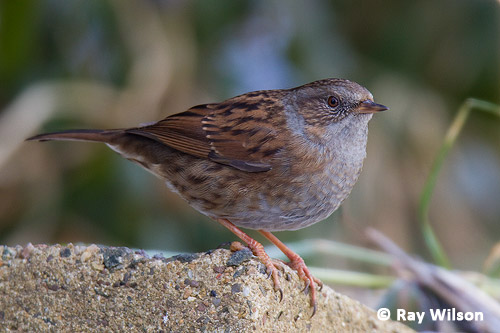
Dunnock (Prunella modularis)
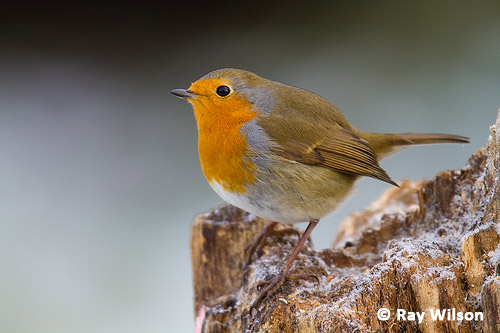
European Robin (Erithacus rubecula)
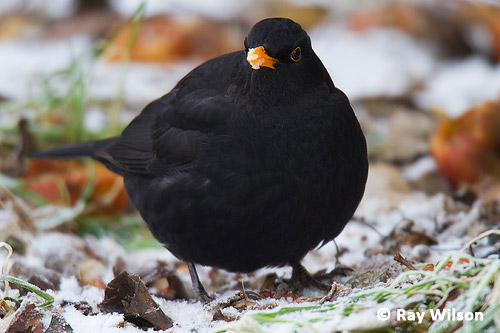
Eurasian Blackbird (Turdus merula)
Woodpigeon numbers in the garden are beginning to be a problem since none of the small birds will come down to feed when these large, aggressive pigeons are around.
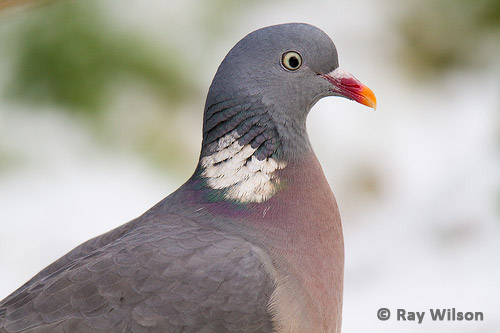
Woodpigeon (Columba palumbus)
Ray Wilson owns the copyright of all images on this site.
They may not be used or copied in any form without prior written permission.
raywilsonphotography@googlemail.com
